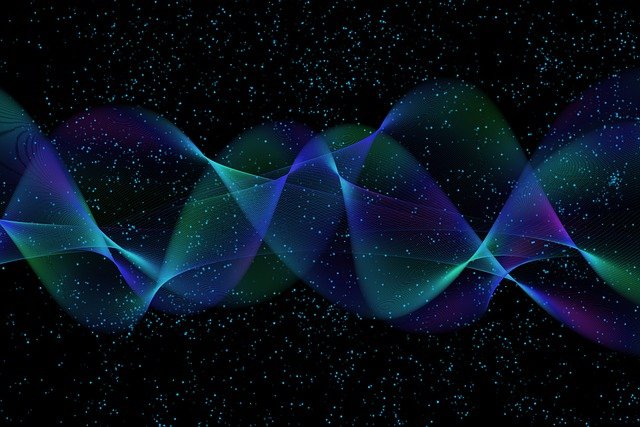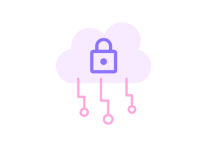
The cyber-world has never been so dangerous and cybercrime cases, whether state or due to groups and individuals, jeopardize the individual freedoms and privacy of citizens around the world. Until research comes up with usable computers and algorithms, quantum computing is seen as a panacea for cyber evil. Today, many consider the construction of communication networks enhanced and protected by quantum technologies to be among the most important technological frontiers of the 21st century. Quantum computing is a subject that we often discuss in our columns, but always from a technological angle. This time, we are going to discuss a practical application of quantum computing: the quantum Internet.
Indeed, during a press conference held on July 23 at the University of Chicago, the US Department of Energy (equivalent to the Ministry of Energy) unveiled a report that defines a strategic plan for the development of a national quantum internet. The goal is to position the United States at the forefront of the global race for quantum data by ushering in a new era of communication. This report paves the way for the development of the National Quantum Initiative Act and predicts that Americans will develop a national quantum Internet within the next 10 years. That’s good since the scientific consensus stipulates that the construction of a prototype will be within reach during the next decade. What is the Quantum Internet? The quantum internet is part of the more general field of quantum communications, a branch that studies the abilities of quantum computers to offer highly secure communications. In a quantum network, information is stored in qubits, instead of the bits currently used. Such a network uses the “ bizarre ” properties of quantum mechanics, such as superposition (the capacity of a subatomic particle to have several simultaneous states) and entanglement (the simultaneity of the states of two particles, including over long periods of time). distances). In a quantum network, information is therefore not transmitted, it is simultaneous thanks to entanglement. So no transit or possibility of interception by a third party. While quantum key distribution is currently the primary research focus underpinning secure quantum communications, it is the exchange of information over a quantum channel, with its ability to detect any interception, that offers the ultimate in secure communication. The first applications of these future solutions will be found in areas such as security, banking, and energy distribution infrastructure. A race between Europe, China, and the United States. In June 2019, she established the entanglement of satellite photons over a distance of 1200 km. For its part, Europe has formed the Quantum Internet Alliance to develop its plan for a quantum Internet. As for the United States, in April 2019, scientists from the Brookhaven National Laboratory of the United States Department of Energy (DOE), Stony Brook University, and the DOE Energy Science Network have successfully demonstrated long-range entanglement of over 18 km using unique portable quantum entanglement sources and the DOE’s ESnet fiber-optic communications network

Very interesting info!Perfect just what I was searching for!Blog range